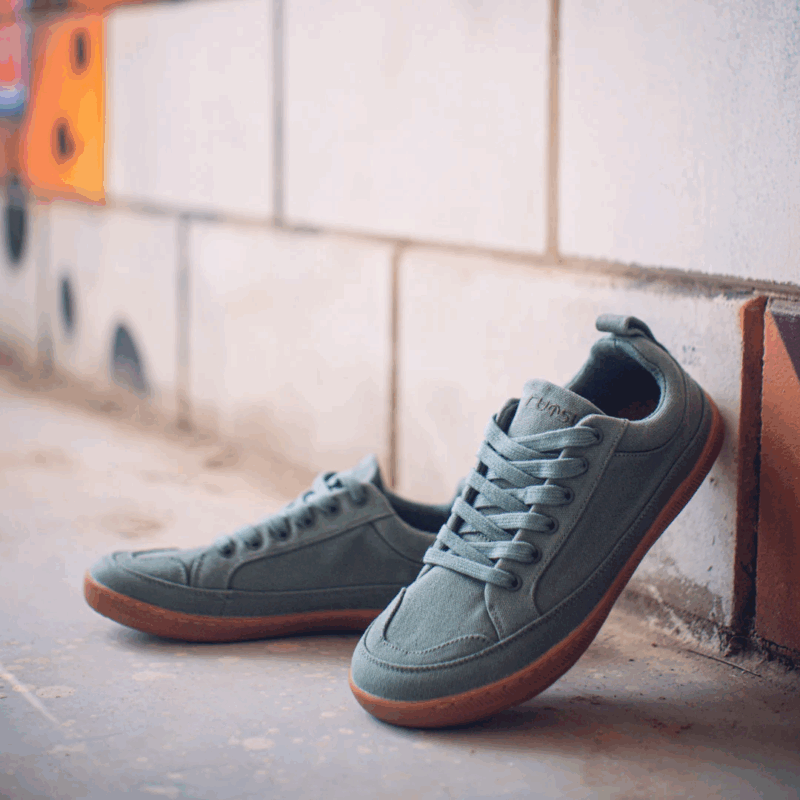
Print Air_Temperature with 1 Decimal Point Followed by C.
Looking to accurately measure air temperature? Look no further! In this article, I’ll guide you through the process of obtaining a precise measurement of air temperature with 1 decimal point followed by Celsius (°C). Whether you’re a weather enthusiast, researcher, or simply curious about your surroundings, having an accurate measurement can provide valuable insights.
To achieve this level of precision, it’s important to follow the right techniques and use reliable equipment. With advancements in technology, digital thermometers have become widely accessible and offer the ability to measure temperatures with greater accuracy. By selecting a thermometer that allows for readings with 1 decimal point and is calibrated for Celsius, you can ensure consistent and precise results.
Choosing the Right Equipment for Accurate Print Air Temperature Measurement
When it comes to achieving precise measurements of print air temperature, selecting the right equipment is crucial. Whether you’re in a printing facility or a research laboratory, having accurate readings can significantly impact the quality of your output. With that in mind, let’s explore some key factors to consider when choosing equipment for measuring print air temperature with one decimal point followed by Celsius.
- Accuracy and Precision: The first and foremost aspect to look for in any measurement device is its accuracy and precision. Ensure that the equipment you choose has a high level of accuracy, capable of measuring temperatures with utmost precision up to one decimal point. This level of detail allows you to make informed decisions based on reliable data.
- Response Time: In fast-paced printing environments, where time is often of the essence, an instrument’s response time becomes critical. Look for equipment that provides quick readings without compromising accuracy. A device with a rapid response time ensures that you can monitor temperature changes instantly and take immediate action if necessary.
- Calibration and Maintenance: To maintain accurate measurements over time, regular calibration and maintenance are essential. Opt for equipment that offers easy calibration procedures and comes with clear instructions or support from the manufacturer. Additionally, consider devices that have long-term stability to minimize recalibration requirements.
- Durability and Reliability: Print environments can be demanding, with various factors such as heat, dust, or vibrations potentially affecting measurement instruments’ performance. Therefore, select durable and reliable equipment designed to withstand these conditions without compromising functionality or accuracy.
- User-Friendly Interface: Operating measurement devices should be straightforward even for those unfamiliar with complex technicalities. Look for instruments with user-friendly interfaces featuring intuitive controls and clear display screens so that anyone can easily operate them without extensive training.
By taking these factors into account while selecting your print air temperature measurement equipment, you’ll ensure accurate results leading to improved process control and enhanced print quality. Remember, investing in reliable and precise instruments is an investment in the success of your printing operations.

Calibrating Your Equipment for Accurate Results
When it comes to obtaining precise measurements, calibrating your equipment is of utmost importance. Whether you’re printing air temperature with one decimal point followed by C or any other type of measurement, ensuring the reliability of your results should be a top priority. In this section, I’ll provide some valuable insights on how to calibrate your equipment effectively.
- Understand the Calibration Process: Before getting started, it’s crucial to have a solid understanding of the calibration process. Familiarize yourself with the specific requirements for calibrating air temperature measurements with one decimal point followed by C. This will enable you to follow the correct procedures and ensure accuracy.
- Use Traceable Standards: To achieve reliable results, it’s essential to use traceable standards when calibrating your equipment. These standards are calibrated against national or international reference standards and provide a known and documented level of accuracy. By using traceable standards, you can establish confidence in the accuracy of your measurements.
- Follow Manufacturer Guidelines: Each piece of equipment has its own unique calibration procedure outlined by the manufacturer. It’s crucial to carefully review and adhere to these guidelines during calibration. Following the manufacturer’s instructions ensures that you’re utilizing their recommended methods for achieving accurate results.
- Regular Calibration Schedule: Maintaining a regular calibration schedule is key to ensuring ongoing accuracy in your measurements. Set up a system where you regularly check and calibrate your equipment according to established intervals or as recommended by the manufacturer or regulatory authorities.
- Document Your Calibration Process: Keeping detailed records of each calibration performed is vital for quality control purposes and audits. Documenting information such as date, time, standard used, adjustments made, and any deviations observed provides an audit trail that demonstrates compliance with calibration requirements.
By following these steps when calibrating your equipment for precise measurements like printing air temperature with one decimal point followed by C, you can trust the reliability of your results. Remember, calibration is an ongoing process that should be performed regularly to ensure accuracy and maintain the integrity of your measurements.












